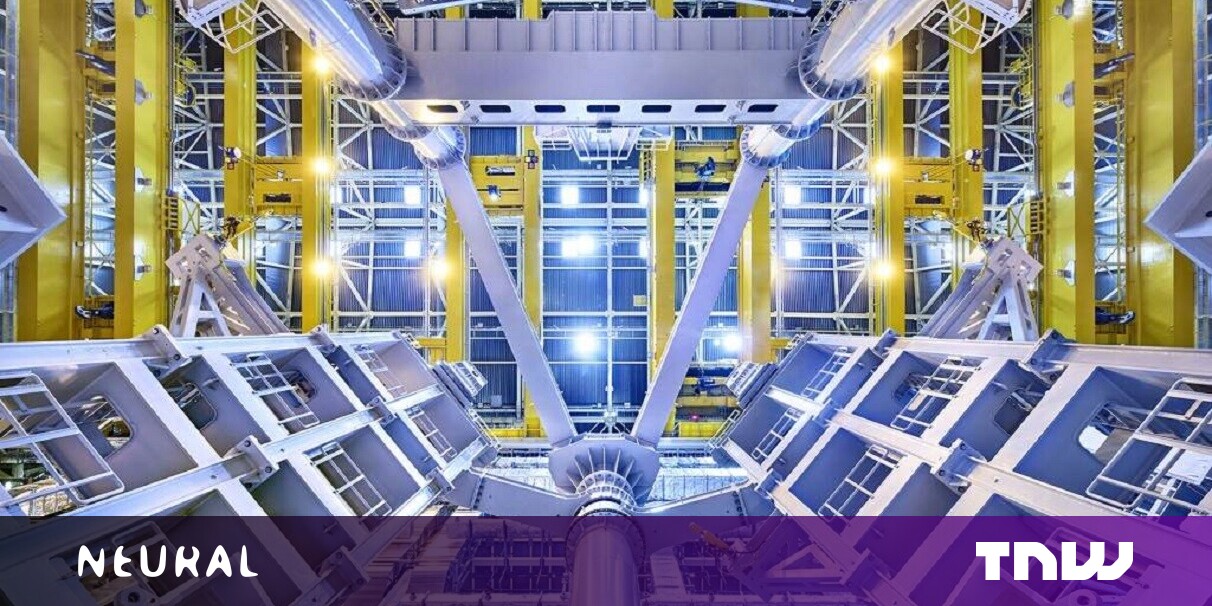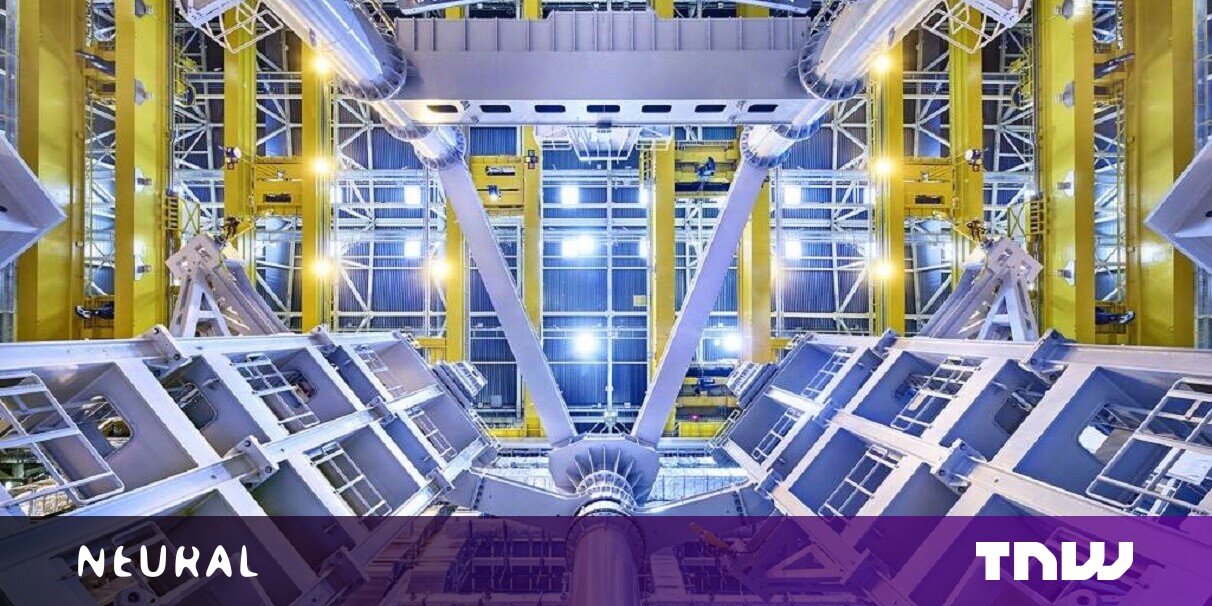
The International Thermonuclear Experimental Reactor (ITER) will, if things go according to plan, move one step closer to becoming the world’s first functioning nuclear fusion reactor this summer when scientists conduct its inaugural test runs.
Nuclear fusion has, traditionally, been used as the core scientific principle behind thermonuclear warheads. But the same technology that powers our weapons of mass destruction could, theoretically, be harnessed to power our cities. This would be the first fusion reactor capable of producing more energy than it takes to operate.
If we can build and operate fusion reactors safely, we could almost certainly solve the global energy crisis for good. But that’s a big if.
Fusion is hard
When the nuclei of two atoms fuse they release an incredible amount of energy. The big idea behind a fusion reactor is to use a relatively tiny amount of energy to release an immense amount. This is how the sun and others stars work – that is, why they’re so bright and release such immense amounts of heat.
Recreating the cosmos in a laboratory is an incredibly complex task, but it basically boils down to finding the correct materials for the job and figuring out how to force the reaction we want at useful scales.
ITER could change everything
Scientists don’t expect to begin low-power operations at the ITER site until 2025. The initial test runs, however, begin this June.
This summer, researchers at EUROfusion will fire up the Joint European Torus (JET), a separate experiment designed to fine tune the fuel and material needs for the ITER experiment ahead of its impending launch.
The main difference between JET and ITER is in scale. In fact, while JET came first, the inception of the ITER design became an essential part of the JET experiment. Scientists shut down JET for a period of months in order to redesign it to work with the ITER project.
In this way, JET is a sort of proof-of-concept for ITER. If all goes well, it’ll help the researchers to solve important issues like fuel use and reaction optimization.
But fusion is hard
There’s more to solving nuclear fusion than just getting the fuel mixture right – but that’s really most of it. The conditions for controlled nuclear fusion are much more difficult to achieve than, for example, just making a warhead with it that explodes. This is more of a technical and engineering problem than a safety concern, however.
Theoretically, nuclear fusion reactors are completely safe. The kind of dangerous radiation or reactor meltdown situations that can occur with fission are, essentially, impossible with fusion.
The real problem is that it has to done just right to produce enough energy to be useful. And, of course, it has to be controlled so it doesn’t produce too much. This is easy to do if you imagine fusion at the one-to-one nuclei scale. But even modern supercomputers struggle to simulate fusion at scales large enough to be useful.
What’s next
Once JET starts up this summer we’ll have the opportunity to go hands on with some of these problems. And then, in 2025, ITER will begin a ten-year service cycle where it’ll operate on low-power hydrogen reactions.
During that time scientists will monitor the system while simultaneously exploring a multi-discipline approach to solving the various engineering concerns that rise. At the core of these efforts will be the creation of machine learning systems and artificial intelligence models capable of powering the simulations necessary to scale fusion systems.
Finally, in 2035, when the ITER team has enough data and information, they’ll swap out the reactor’s hydrogen fuel source for deuterium and tritium, two atoms that pack a lot more punch.
If all goes to plan, we could be within a couple of decades of exchanging the worlds energy crisis for a fusion-powered abundance.
Published March 23, 2021 — 22:54 UTC
